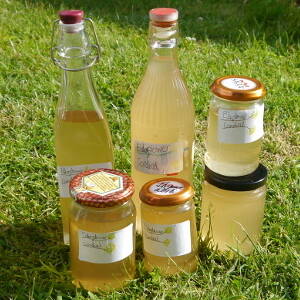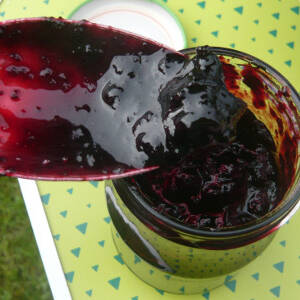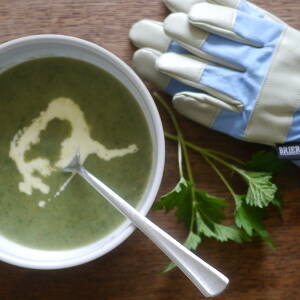Tips for foraging
Some guidance on how to forage safely, sustainably, and responsibly.
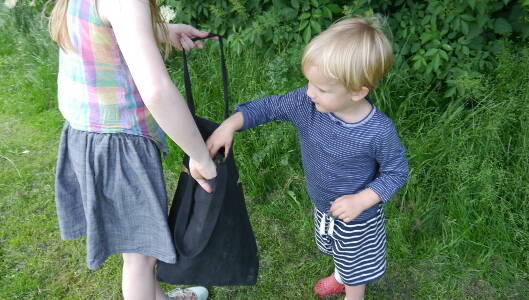
Introduction
It is important that you look into foraging carefully, to investigate who owns the land, and how and what you are collecting.
Also make sure you have a plan to use or preserve your foraged bounty so it doesn’t go to waste once its collected.
What you'll need
- something to collect your dandelions in
This activity has been provided by

Useful items from our shop
- Foraging Bundle
- Field Guide - Foraging: Top 25 Edible Plants
- Food for Free - Collins Gem
- Food for Free - Richard Mabey
- Cotton Sling Tote Bag
Environmental Considerations
Consider the environmental impact of preparing, carrying out & completing this activity. Could this impact be reduced? Specific considerations for this activity could include:
Health & Safety Considerations
Follow your usual operating procedures and carry out appropriate risk benefit assessments.
Some considerations particular to this activity include:
Permissions:
Make sure you have the landowner’s permission to collect on their land.
There may be exceptions to this - I have collected blackberries and dandelions in large parks in Sheffield that are open public spaces - but it is always best to check who owns the land you would like to forage on.
A positive way to approach a landowner would be to offer them something that you plan to make with the bounty of your collections from their land (a pot of jam, a bottle of cordial) and also explain how you will collect sustainably.
Identification:
Always be 100% certain about what you are picking; if in any doubt DON'T PICK.
There are plenty of field guides, foraging books, identification books, phone apps, and foraging walks led by experts to help you get started.
How much is too much?
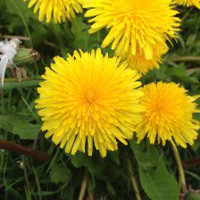
It is important to leave enough plants or fruit in a location, for wildlife to feed on, and to allow nutrients to reabsorb back into the ground.
A general rule of thumb would be to plan to take up to a quarter or a third of what is there as a maximum.
Many plants that are foraged are plentiful. But you may be collecting something in a location where others also collect, so consider what the combined effect could be.
For example in a massive field filled with dandelions, a couple of bags full would not even be a couple of per cent of what was there, and it is unlikely anyone else would be collecting dandelions.
Recently whilst out collecting blackberries it was obvious many people had been collecting there before us. But there was a lot of fruit on the bushes, overripe and falling to the floor, so I could see there was plenty of fruit left to feed the birds, ground-dwelling animals and also to reabsorb into the ground.
The BSBI Code of Conduct contains guidance on how to collect responsibly and stay within the law. Download a free copy from the Botanical Society of Britain & Ireland website
What to take:
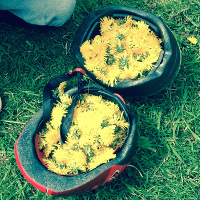
Aim not to remove the whole of the plant.
If you take the top of it – the stalks, leaves or flowers – leave the roots.
Ideally leave behind what you are not going to use, allowing nutrients to be absorbed back into the soil for future plants.
How to collect:
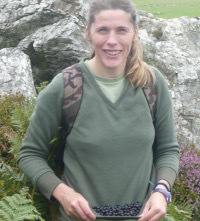
Wear appropriate clothing - usually long-sleeved tops and trousers to prevent scratches.
Prepare the correct collecting and transportation vessels.
Move around as you pick to prevent too much being taken from one area and also remember to minimise any damage to the plant and surrounding area.
If you’re heading somewhere remote make sure someone knows where you have gone and when you expect to return.
The law and wild plants
All wild plants are protected under the Wildlife and Countryside Act (1981).
It is illegal to remove or dig up a plant from the land on which it is growing without landowner permission. Some species also have special protection against picking, uprooting, damage and sale. A full list can be found here: Schedule 8 of the Wildlife and Countryside Act (1981).
Contamination:
Consider if where you are foraging could be contaminated now or in the past.
Avoid plants growing on previously contaminated land such as industrial sites.
Plants near busy roads can be covered in, and absorb, the traffic pollution.
Plan to use foraged items:
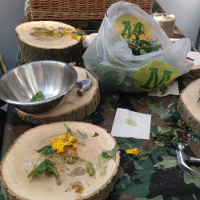
Have a plan of action for using your foraged items. It’s so sad to see lots of items such as blackberries being picked and then put in the fridge and forgotten about, and going all mouldy then onto the compost.
If you are going to cook your harvest, make sure you have the time and other ingredients required for the recipe ready.
If you are going to freeze your foraged produce make room in your freezer in advance so they can go straight in on arrival.
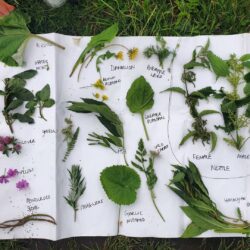
Foraging and Forest School - Top Three Weeds for May
Gemma from Earthwild shares her foraging in May tips: "As a professional Forager and Forest School Trainer I often get asked questions such as ‘what is
the best month for foraging?’ or ‘what is your favourite wild plant?’. Impossible to answer, as nature’s calendar of wild edibles is like a continuous carousel of delights throughout the year.
These ‘weeds’ are my top three species: Nettles, Dandelions, and Elder. All three are great if you are a novice forager as they are easy to identify and grow abundantly all over the UK. Nothing should go to waste, as all parts can be used whether for food or for crafts.
This month is a great time to forage. Fragrant elderflower heads should be ready to pick come late May, dandelion flowers are abundant and the leaves aren’t yet too old or bitter to eat, most nettles will not have flowered yet and so the leaves can still be cooked and eaten (leaves from mature nettle plants contain chemicals which can harm the kidneys).
Remember that all three species are also much loved by wildlife. Forage safely and mindfully at all times."
If you’d like to feel confident foraging or find out what species grow on your site, contact Gemma hello@earthwild.org.uk or Instagram @EarthwildLondon to find out about the ‘Foraging at Forest School’ CPD training package.
Disclaimer: Muddy Faces cannot take any responsibility for accidents or damage that occurs as a result of following this activity.You are responsible for making sure the activity is conducted safely.
Key Features
- Age Range All Ages
- Duration Less than an hour
- Location Anywhere
- Season Any
- Time of Day Anytime
-
Categories:
Food Outdoors
foraging
